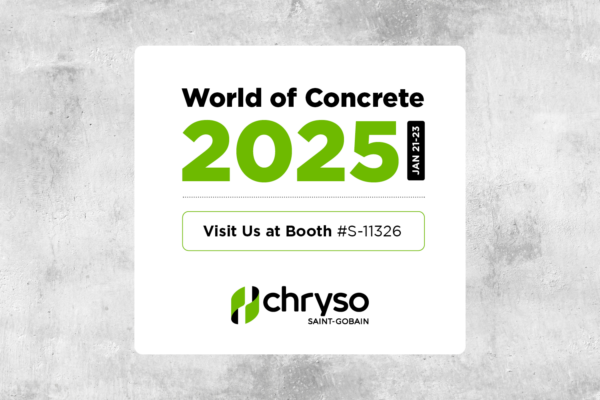Recommended Placing, Finishing and Curing Procedures for Flatwork Concrete Containing DCI® – TB-0902

Concrete containing DCI® Corrosion Inhibitor can be used in flatwork with little or no modification to the recommended practices outlined in ACI 302, “Guide for Concrete Floor and Slab Construction,” and ACI 308, “Standard Practice for Curing Concrete.” There are a number of recommendations that can be made to ensure that any problems that may arise are minimized.
Placing
Adding DCI® to concrete may accelerate set times and decrease slump retention depending on the conditions and the materials used. Concrete set times may be controlled through the addition of a retarding admixture. Higher dosages of a high-range water reducer may be required to maintain normal slump retention or to obtain a higher initial slump at the plant in order for job site requirements to be met. Trial mixes should always be made before the actual job start up. DCI® concrete has been placed by a variety of methods with no problems encountered. Pumping is the normal procedure. DCI® concrete should be screeded in the same manner as conventional concrete. Vibratory screeds have been extremely effective when used with DCI® concrete.
Finishing
The combination of DCI® and high-air content concrete will cause less bleeding than normal. It is necessary to take steps that will prevent the surface of DCI® concrete from drying out during the finishing operations. Some of these are:
- Mist the air over the concrete surface with a pressurized fog nozzle. Fog nozzles can normally be purchased at an industrial supply warehouse. The concrete should be misted as often as necessary to prevent plastic-shrinkage cracking.
- Erect windbreaks or sunshades.
- Use an evaporation retarding agent.
The use of any or all of these methods should prevent excessive moisture loss and ensure the prevention of plastic-shrinkage cracking.When floating and darbying DCI® concrete, it is recommended that magnesium floats and darbies be used. Wooden floats and darbies tend to tear the surface of the concrete. Excessive reworking will also tend to tear the surface. DCI® concrete can be floated and troweled in the same manner as any high cement factor, air-entrained concrete.
Curing
As with conventional concrete, DCI® concrete should be moist cured. It is strongly recommended that the practices of ACI 308 and ACI 302 be followed in order to prevent plastic-shrinkage cracks.
- Fog spraying or sprinkling—use a pressurized fog spray nozzle to raise the relative humidity immediately above the concrete surface in order to allow the concrete to absorb water if needed to prevent plastic-shrinkage cracks. Freestanding water is not allowed. For flatwork, where winds quickly remove the humidity, wind breaks should be erected. The concrete surface should not be allowed to dry out.
- Burlap, cotton mats and rugs—the use of a covering is required to keep the concrete surface moist. The covering should be placed on the fresh concrete and wetted as soon as the concrete may be walked on. The covering should not be allowed to dry out.
- Duration of curing—the recommended minimum period of maintenance of moisture is seven days or the time necessary to attain 70% of the specified compressive or flexural strength.
Jointing
Concrete shrinks during the initial setting and drying phases immediately after placement. If restrained, tensile stresses develop and cracks are likely to occur. Proper jointing of the floor or slab, as recommended by ACI 302, can minimize random cracking by providing relief for the developing tensile forces.
Conclusion
If these recommendations, along with those found in ACI 302, “Guide for Concrete Floor and Slab Construction” and ACI 308, “Standard Practice for Curing Concrete,” are followed, a slab or floor can be constructed with DCI® concrete with little or no problems.





